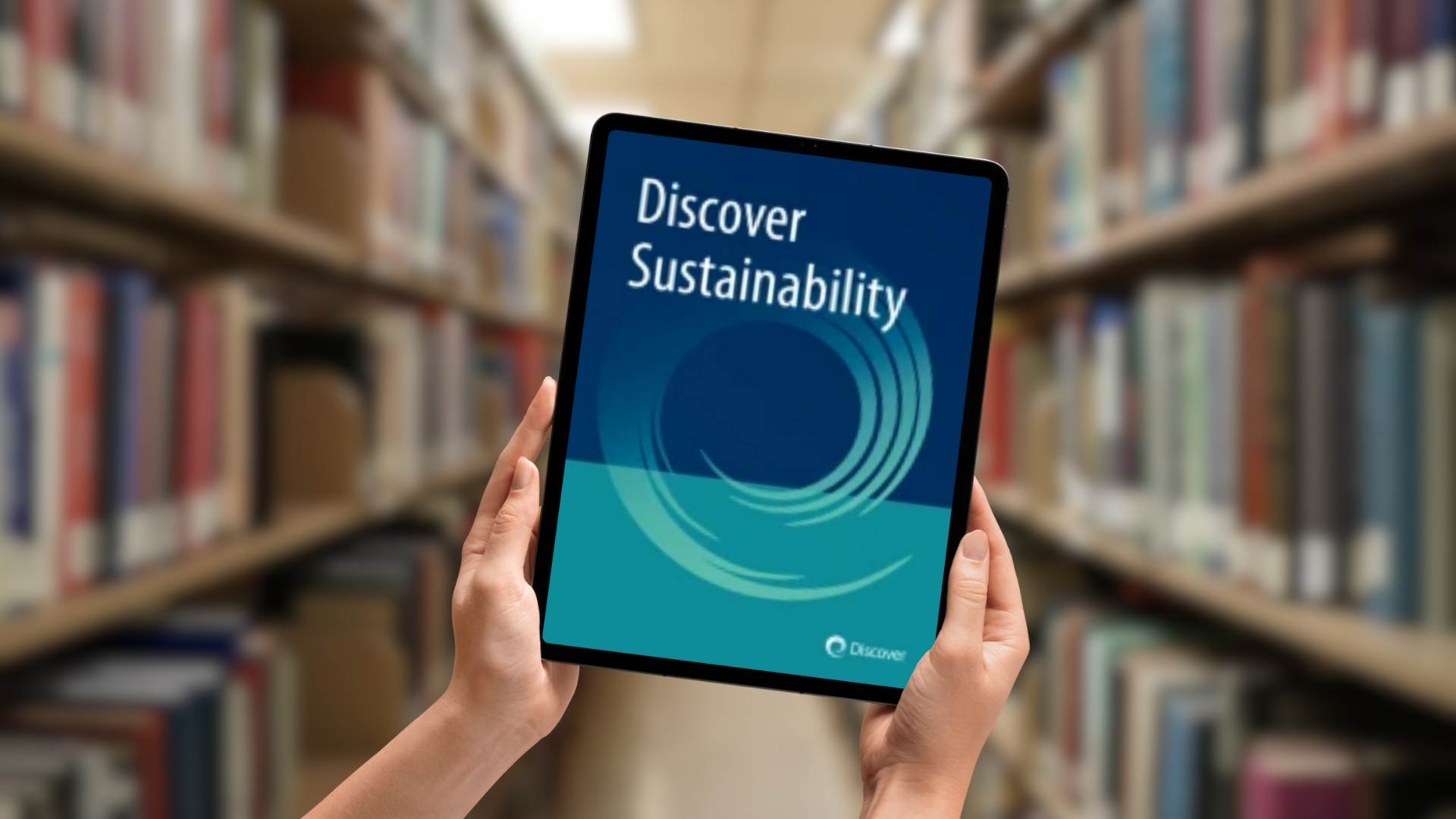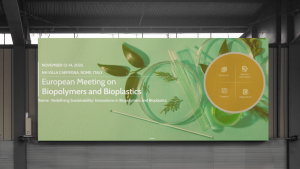Abstract
The global production of agricultural and food commodities has increased significantly over the past decades to meet the growing demand for food, driven by population growth, urbanization, and changes in dietary habits. This increased production has inevitably led to a substantial rise in the generation of agricultural and food processing wastes, which pose significant environmental challenges. The United Nations Environment Programme (UNEP) Food Waste Index Report 2024 highlights a global annual food waste of 1.05 billion tons. The UNEP plays a crucial role in achieving Sustainable Development Goal (SDG) 12.3, which aims to halve per capita global food waste (FW) at the retail and consumer levels and reduce food losses along production and supply chains globally by 2030. Thus, there is an urgent need to mitigate this accumulating waste through eco-friendly and economically viable techniques. With the advent of circular economy principles, food waste is increasingly being seen as a valuable resource for the production of valuable bioproducts. This review paper discusses innovative processes and technologies driving this transformation. This article emphasizes the imperative of transforming waste biomass residues into value-added products as a key step towards achieving sustainability goals and fostering a circular economy.
Dhiman, S., Thakur, B., Kaur, S. et al. Closing the loop: technological innovations in food waste valorisation for global sustainability. Discov Sustain 6, 258 (2025). https://doi.org/10.1007/s43621-025-01073-4




